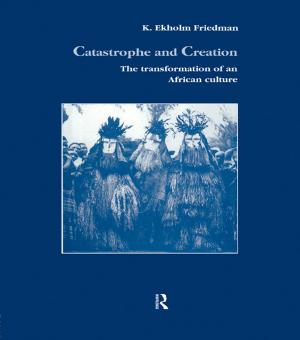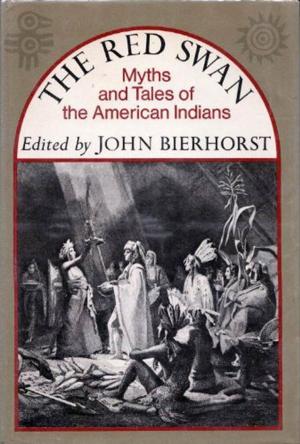The Tribes and Castes of the Central Provinces of India, Book III
Nonfiction, Social & Cultural Studies, Social Science, Cultural Studies, Ethnic Studies, Anthropology| Author: | R. V. Russell | ISBN: | 9788893150293 |
| Publisher: | R. V. Russell | Publication: | September 17, 2015 |
| Imprint: | Language: | English |
| Author: | R. V. Russell |
| ISBN: | 9788893150293 |
| Publisher: | R. V. Russell |
| Publication: | September 17, 2015 |
| Imprint: | |
| Language: | English |
"Gadaria, Gādri:
The occupational shepherd caste of northern India. The name is derived from the Hindi gādar and the Sanskrit gandhāra, a sheep, the Sanskrit name being taken from the country of Gandhāra or Kandahār, from which sheep were first brought. The three main shepherd castes all have functional names, that of the Dhangars or Marātha shepherds being derived from dhan, small stock, while the Kuramwārs or Telugu shepherds take their name like the Gadarias from kuruba, a sheep. These three castes are of similar nature and status, and differ only in language and local customs. In 1911 the Gadarias numbered 41,000 persons. They are found in the northern Districts, and appear to have been amongst the earliest settlers in the Nerbudda valley, for they have given their name to several villages, as Gadariakheda and Gādarwāra..."
"Gadaria, Gādri:
The occupational shepherd caste of northern India. The name is derived from the Hindi gādar and the Sanskrit gandhāra, a sheep, the Sanskrit name being taken from the country of Gandhāra or Kandahār, from which sheep were first brought. The three main shepherd castes all have functional names, that of the Dhangars or Marātha shepherds being derived from dhan, small stock, while the Kuramwārs or Telugu shepherds take their name like the Gadarias from kuruba, a sheep. These three castes are of similar nature and status, and differ only in language and local customs. In 1911 the Gadarias numbered 41,000 persons. They are found in the northern Districts, and appear to have been amongst the earliest settlers in the Nerbudda valley, for they have given their name to several villages, as Gadariakheda and Gādarwāra..."















